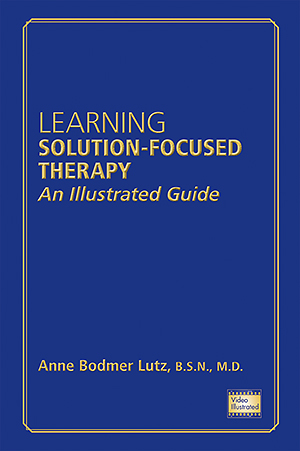Sections
Excerpt
At the heart of all therapy lies the human relationship. The therapeutic alliance with our patients is the base from which all therapy begins, and building an alliance is a critical skill to learn in caring for others. Unless patients believe that the clinician is on their side and is there to help them, progress in treatment is difficult if not impossible. Across all forms of therapy, the therapeutic relationship is extremely important in influencing a positive outcome. Knowing how to navigate the complexities and nuances of establishing a therapeutic alliance, especially in the initial encounter, is arguably one of the most important skills for a therapist to master(Cheng 2007). For a clinician working with children and families, gaining mastery at building simultaneous alliances with dyads, parents, children, adolescents, and others important in a patient’s life can be a demanding and even a formidable task. The challenge is often further complicated by the need to engage with the myriad outside relationships involved in a child’s life, such as negotiating goals with divorced parents in a high-conflict divorce, step-parents, siblings, grandparents, Department of Children and Families (DCF) workers, teachers, primary care physicians, probation officers, and other treatment providers involved in the care of a child. These challenges are particularly intense when adults involved in the care of children are disputing with one another and putting the child in the middle of highly charged and conflict-ridden situations. How can clinicians communicate that they are hearing a parent’s litany of problems and concerns about their child, while at the same time not exacerbating how bad the child feels about him- or herself? How can clinicians maintain the alliance of divorced parents who have differing and very strong opinions regarding medication for their child? There are no easy answers in these complex situations, but the solution-focused conversational skills demonstrated in the following chapters can help with what can feel like a Herculean task.
Access content
To read the fulltext, please use one of the options below to sign in or purchase access.- Personal login
- Institutional Login
- Sign in via OpenAthens
- Register for access
-
Please login/register if you wish to pair your device and check access availability.
Not a subscriber?
PsychiatryOnline subscription options offer access to the DSM-5 library, books, journals, CME, and patient resources. This all-in-one virtual library provides psychiatrists and mental health professionals with key resources for diagnosis, treatment, research, and professional development.
Need more help? PsychiatryOnline Customer Service may be reached by emailing [email protected] or by calling 800-368-5777 (in the U.S.) or 703-907-7322 (outside the U.S.).



